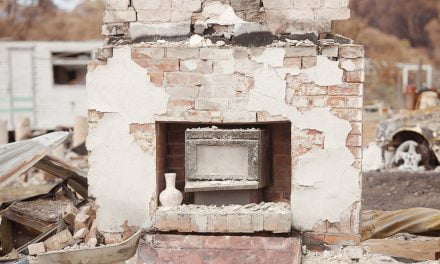The analysis from the CEFC shows that electricity from bioenergy can be a small but vitally important part of Australia’s energy mix into the future, drawing on biomass and waste resources such as urban waste; intensive livestock and food processing; and forest products processing waste and forestry residues from sawmill and fabricator businesses.
The Chief Executive Officer of the Australian Forest Products Association (AFPA), Mr Ross Hampton, said “This is a very positive report into the potential for the bioenergy sector to contribute to clean energy and carbon emissions reductions. Presently, bioenergy represents less than 1 per cent of power generation in Australia.
“Given the recently announced commitment by the Australian Government to reduce greenhouse gas emissions to 26-28 per cent below 2005 levels by 2030, investment in all forms of low-emission and renewable sources of energy will be necessary into the future,” he added.
The report identifies the high-uptake in Europe of bioenergy, where forest biomass contributes to approximately two-thirds of renewable energy, mostly used for generating heat. A lot of investment has been driven by enabling policies that recognise the dual benefits from the co-generation of both renewable electricity and heat.
In June 2015 the Renewable Energy Target (RET) was amended to include native forest wood waste as an approved biomass renewable energy source.
Amid concerns from environmental groups about this development, the Victorian Senator Ricky Muir posed the question in Parliament to clarify the definition of what constitutes as native forest wood waste.
It was confirmed that the waste, such as tree branches, sawdust and timber offcuts from sustainable forest harvesting and processing operations, would be the only wood waste used.
“The cost of establishing a new plant for bioenergy is also at the higher end of the cost-competitiveness curve compared with other renewable sources such as wind and solar. Better recognition of the renewable heat component of co-generation in clean energy schemes would go a long way in generating new investments in bioenergy,” Ross Hampton concluded.
The new CEFC report can be found here.
TimberTrader News’s October 2015 cover feature “˜No more wasted opportunities’ looked into the issue of timber waste and offcuts and the possibility of wood waste being a biomass renewable energy source. Read that article again here.










